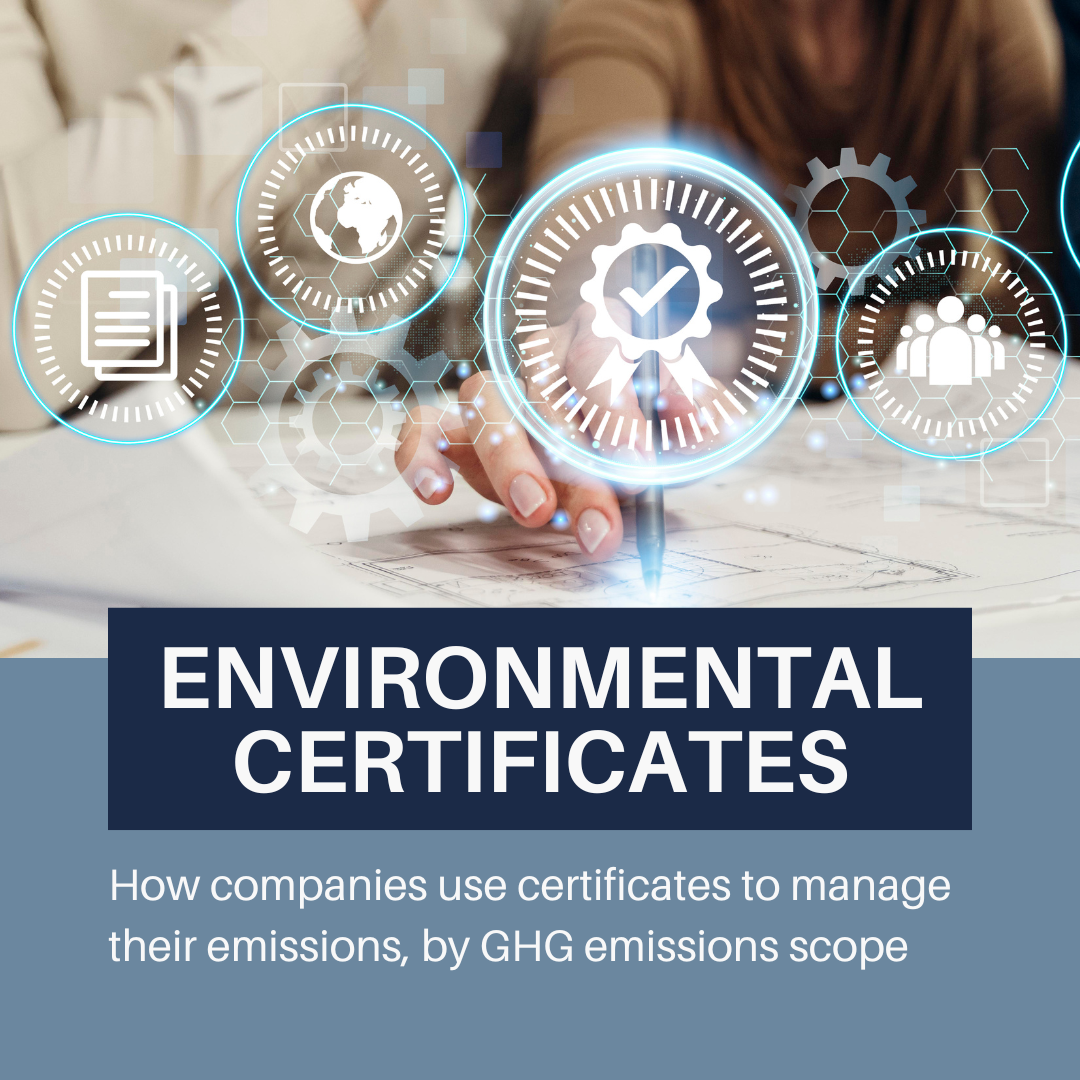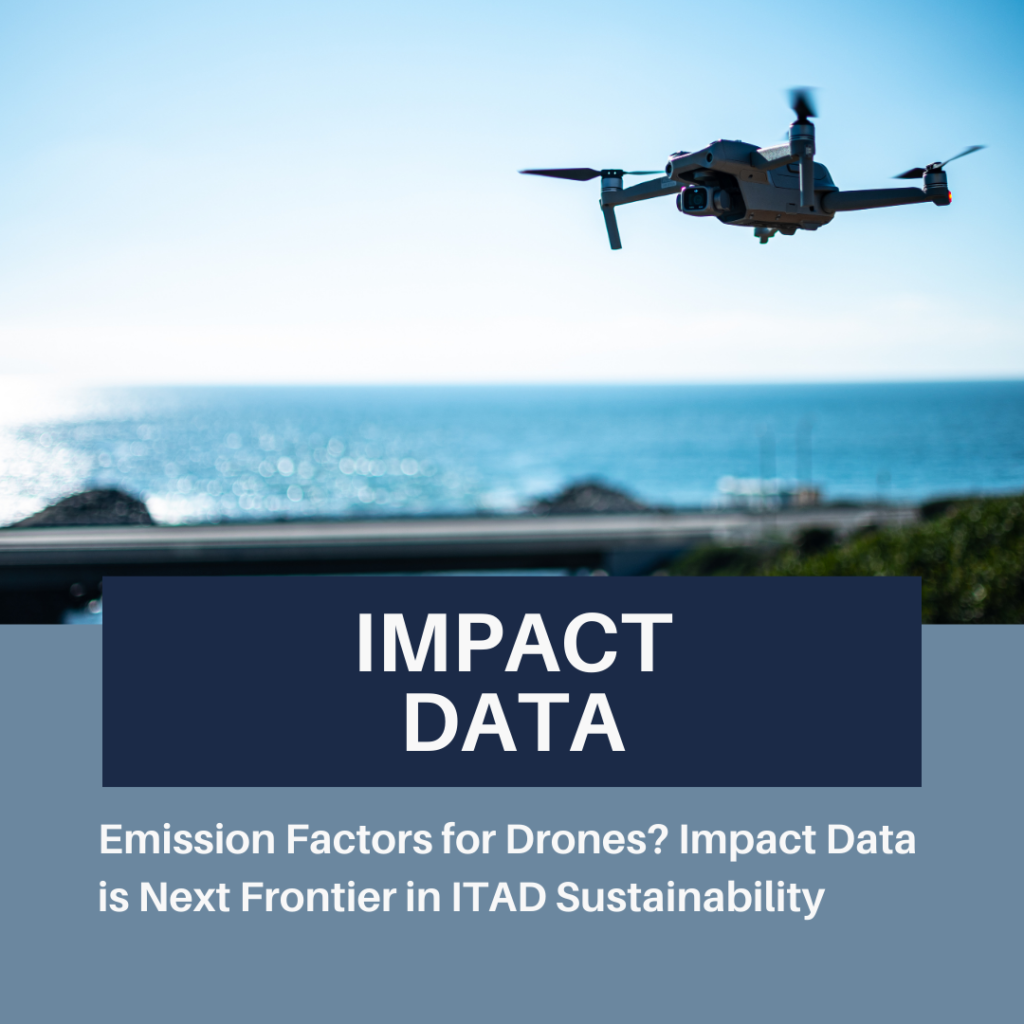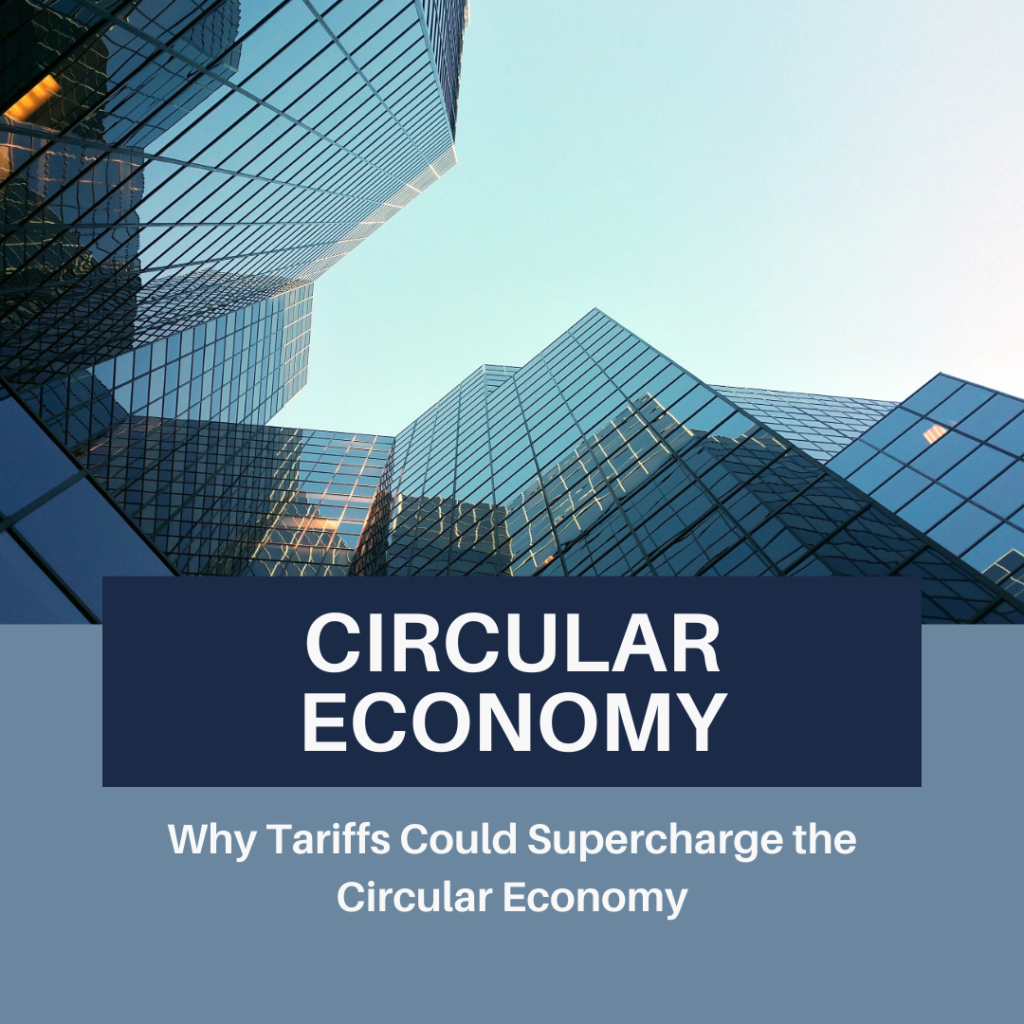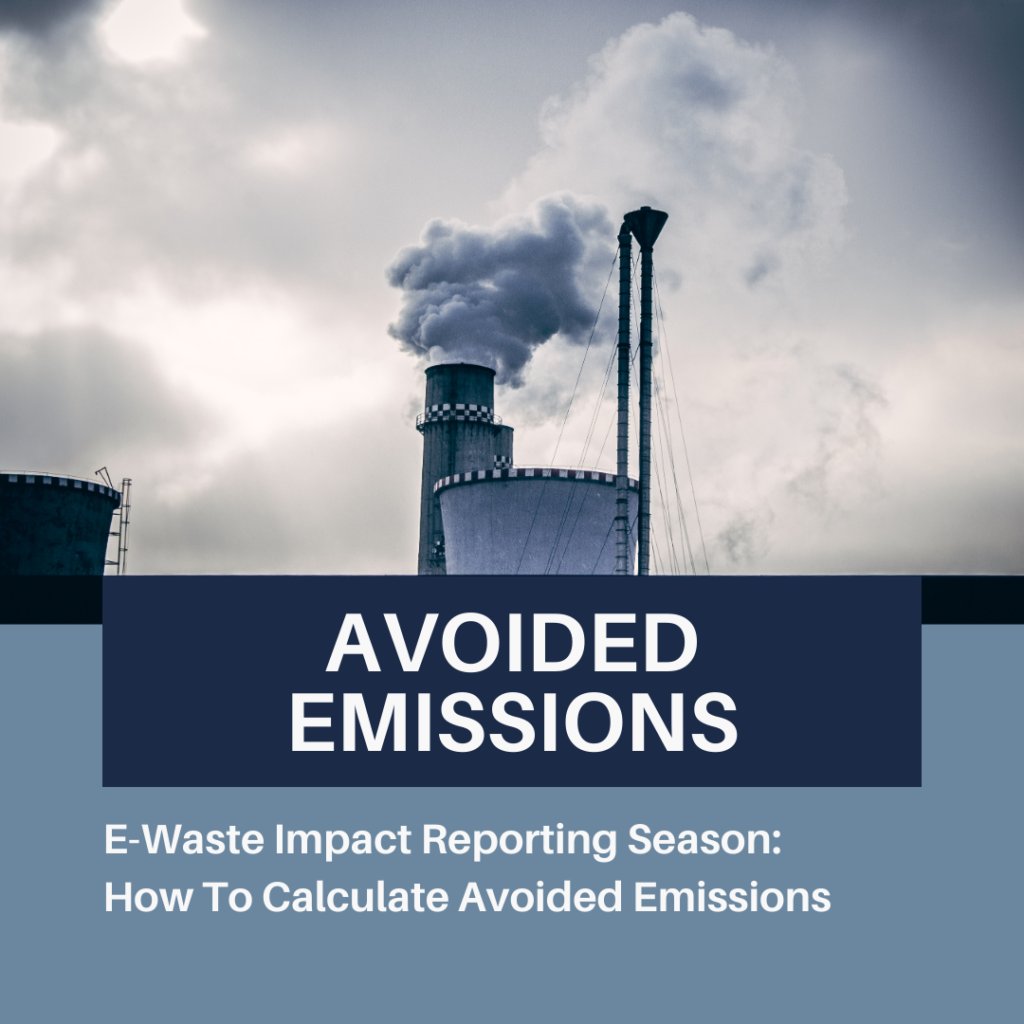With so many environmental commodities in use, and the number set to rise I thought it would be helpful to summarise the most common ones used today – and to also highlight some of the new certificate types that are emerging now.
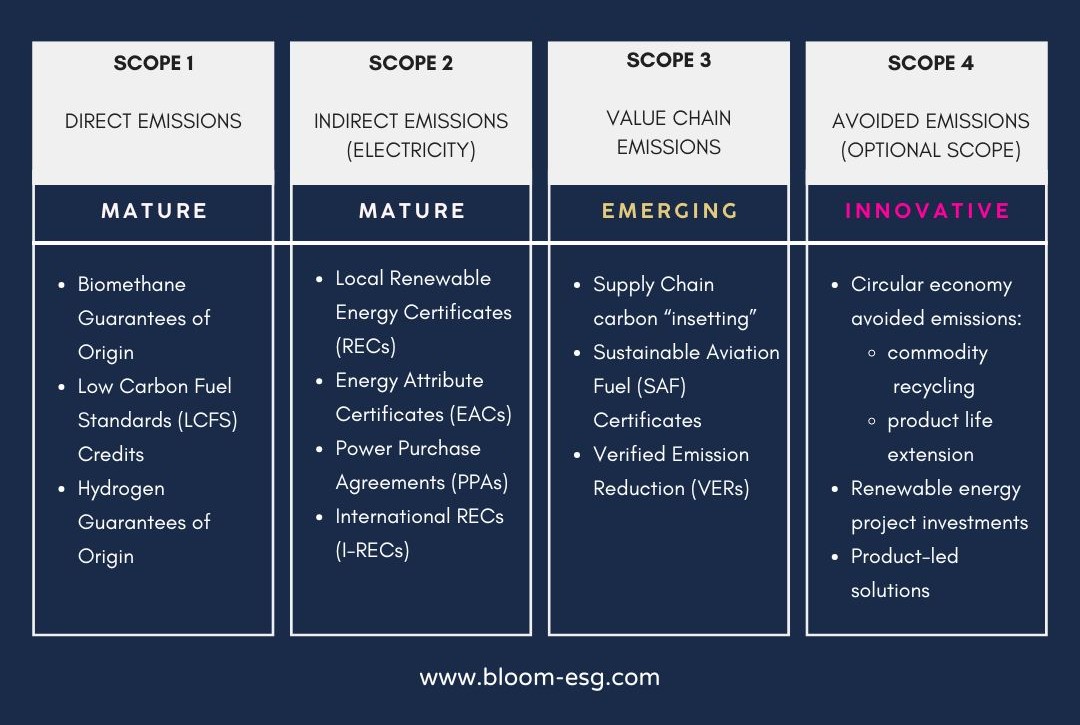
1. Renewable Energy Certificates: represent the environmental benefits of generating 1 MWh of electricity from a renewable source. RECs help companies meet renewable energy goals or demonstrate sustainability commitments and are commonly used in Scope 2 GHG reporting
2. Clean Fuel Certificates: certificates that ensure the fuel was produced sustainably to an agreed standard (there are many). Used by companies, such as airlines, to offset emissions from the use of traditional fossil fuels.
3. Carbon Credits: a tradable certificates representing the reduction, avoidance, or removal of one tonne of carbon dioxide equivalent (CO2e) outside of a company’s value chain. Project can range from a carbon removal technologies to forestry projects. Common voluntary standards include VERRA and the Gold Standard.
4. Carbon Insets: Insetting integrates sustainability within the company’s value chain by transferring the environmental of supplier decarbonisation activities s to their buyers. For example, a global fashion brand chooses to invest in their supply chain’s energy efficiency improvements. The emissions reduced from these investments may transferred up and “claimed” on the brand’s carbon balance sheet.
5. Scope 4 Certificates: A certificate for Scope 4 is a tradeable certificate that represents the avoided emissions described above. It is the avoidance of 1 tonne of carbon dioxide equivalent (CO2e). represent the emissions reductions made possible by a company’s products or services beyond its operational footprint. For instance, renewable energy replacing fossil fuels OR materials or assets that have been recycled or have their useful life extended through refurbishment. Both create avoided emissions by reducing the demand for virgin materials or new products.

Sebastian Foot
Co-founder of Bloom Sustainability Advisors.20+ years sustainable finance experience.
